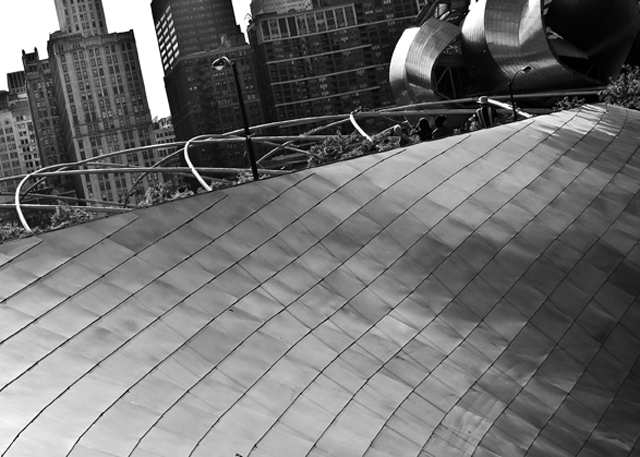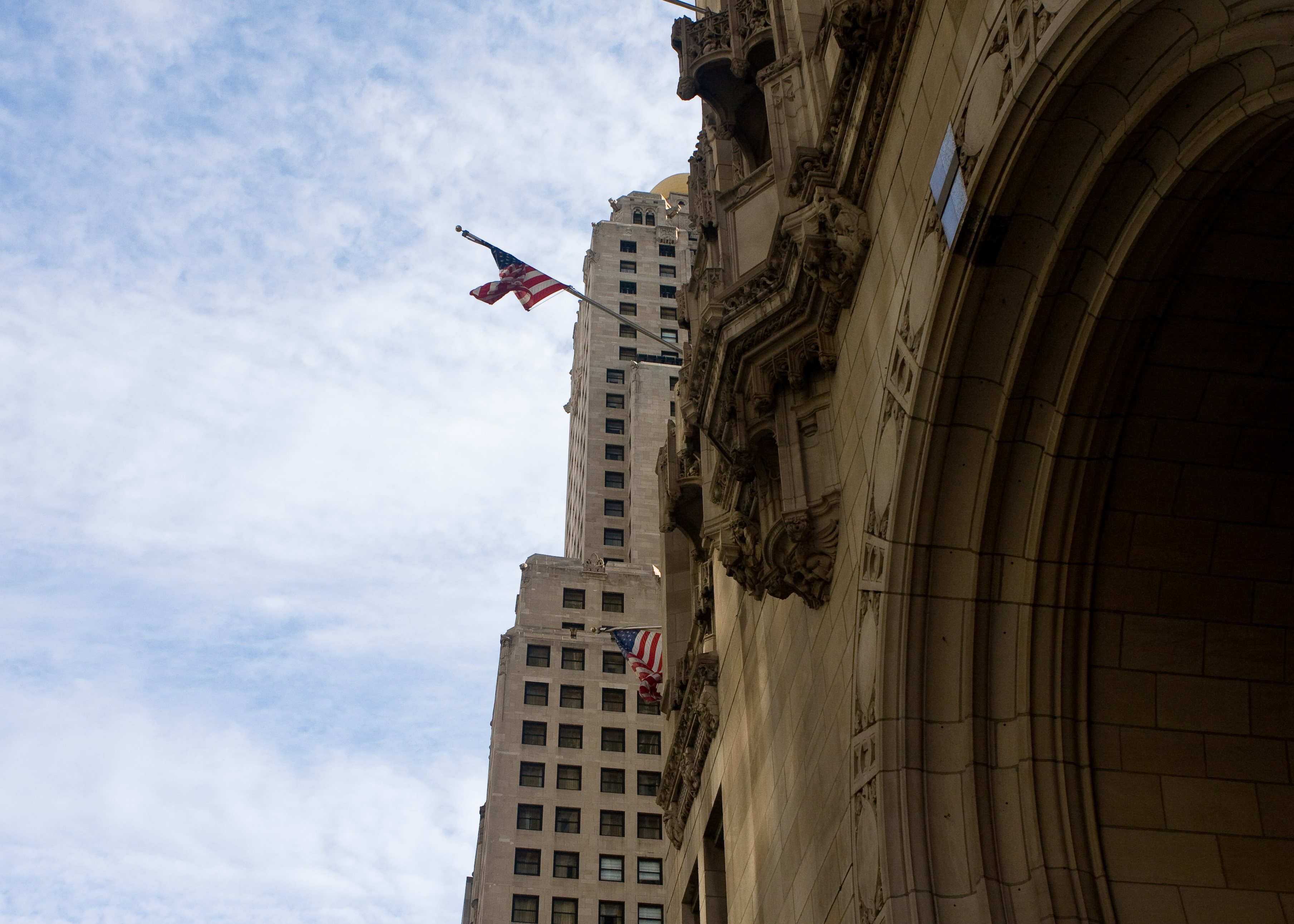When I was in college, some of the guys in my film class made a short film about a guy who references prestigious filmmakers like Fellini and Godard when making porn. There wasn’t any nudity in it. That made it easy to focus on the humor that comes from mixing highbrow cinema with lowbrow lust; comedy does like to tango with contrast.
Lately I’ve thought about that short film. There’s probably more truth in it than most aspiring artists, even most people, would care to admit. I suspect that almost everyone has a voice in his head that says something like, “hey, you wouldn’t be struggling so much if you were making porn.”
I’ll explain what I mean in a few paragraphs, but first lets consider why someone might consider doing porn. For one thing, porn is relatively inexpensive: just persuade an attractive girl to strip while using some decent lights and camera equipment. Also, the profit margins for porn are generally pretty high, but even if you don’t get paid, you’ll at least get props from horny friends or hipster organizations that are desperately trying to be relevant.
Wow, look at all those alluring attributes. So why doesn’t our society celebrate the accomplishments of a pornographer in the same way that it embraces the work of a skilled architect, entrepreneur, or inventor?
Sure, some of the stigma comes from religious-minded people, but even the unabashed porn consumers I know are vehemently opposed to the idea of having their sisters or daughters involved. Why is that? If porn is just harmless fun, who wouldn’t want a loved one to gain more money and attention by working in the industry?
I don’t believe porn is harmless. It cheapens something beautiful, and it encourages people to think of girls (or boys) as mere sex objects who exist only to satisfy another person’s appetites.
Consider too the strain that porn puts on current or future relationships. If your boyfriend is always looking at porn, do you still trust him entirely when he says he’ll always be faithful to you? Or, suppose you meet a girl who seems perfect for you, and then you discover that she had done a few porn shoots several months ago. Does that not alter, or at least threaten, your perception of her inner beauty?
I’ve looked at porn before. Like a drug, it provides temporary enjoyment while serving an easy “fix” to the frustrations of the moment, but over time it has left me feeling more empty and cynical.
Why get married, I am tempted to think, if every girl will expose herself to anyone who gives her enough money or attention? Why invest in a relationship when I can enjoy a contorted derivative of its physical rewards without having to put in the effort, honesty, and affection necessary to make a relationship work?
I’ve never had moral clarity when looking at porn, but I have made some bad decisions when under its influence. Not standing up for what is right or treating others as lust objects does affect people by definition, so don’t believe anyone who tells you that porn is just a private vice that has no impact on society.
(In case you’re wondering I’m trying hard to stay away from porn these days, and yet there is a part of me that wants to hold on to it, just in case my life starts to hurt again or my ego needs a boost. That’s the part I can’t get past unless God helps. I pray that He will. If I ever get married, I want to be able to honestly tell my wife that she is the only one I want in the whole world. It’s why I’m still fighting to get this right.)
Now that you know how I feel about porn, perhaps you’ll understand why I consider it to be a definitive example of selling out creatively. It is a way of peddling something inferior for a quick gain while being indifferent to the potential harm that it does to others. And yet, there is still the mocking voice in my mind that insinuates I would be better off if I were producing photos and videos that are more like porn and less like the projects that matter to me.
For others, that temptation might come in variations like this: “You won’t get his attention unless you wear that short skirt and low-cut blouse.” Or maybe something like this, “No one will pay attention to your art if the sex isn’t explicit.”
Maybe though, your porn doesn’t involve sex. Maybe the voice whispers to you that you won’t be able to get the results you need unless you treat people in a way that they don’t deserve. Maybe the temptation is to gain attention by shock or graphic violence. They don’t call it torture porn for nothing, folks.
Try to ignore that mocking voice and focus on that special thing that only you can do. Here’s where it gets complicated, though. The history of humanity cannot be honestly conveyed without acknowledging that violence, sex, and vulgarity have been ever-present. If art is meant to reflect truth in some way, then it has to deal with these things somehow but in a way that enriches, not debases, its audience.
Remember Medusa? She’s the Greek monster with snakes for hair who was so ugly that anyone who looked at her would turn to stone. In college I read a book—I wish I could remember the name of it—that used the Medusa myth to discuss how ancient cultures believed certain kinds of evil should be kept out of sight. Otherwise the evil might turn a person’s heart to stone, figuratively if not literally. In other words, just because something is true does not mean that it merits public display.
There is truth in the particulars of making a nuclear bomb, but why show the details and make it easier for terrorists to build their own bombs? Similarly, rape is an unfortunate reality for too many people, but if you recreate on film a rape exactly as it happened, then you might end up fueling the lust of society’s delinquents. Evil spreads by infecting minds and poisoning imaginations, and sometimes, like the head of Medusa, it must be quarantined to avoid doing more damage.
With that said, Botticelli’s painting The Birth of Venus features a naked woman, but only a delirious fool would consider it porn. It suggests unfolding harmony and renewal and the possibility of divine beauty that transcends the dirty routine of daily life. To prevent others from experiencing this kind of work would seem terribly unjust to most of us.
Mary Zimmerman’s theatrical production of Metamorphoses featured full-frontal male nudity used in a vulnerable, nonsexual way. Braveheart features both nudity and violence, while Pan’s Labyrinth involves some intense moments of torture. Yet I have no problem endorsing them. They are well-ordered in their construction and grounded in a resounding moral center, so they illuminate and inspire.
It’s sort of like how the 1930s director Rouben Mamoulian explains it, “I feel the judgement on a film is if a person who sees it leaves the theater a little better person than he was when he went in.”
Think he was the only director who thought like that? Here’s what Frank Capra, the Oscar-winning director responsible for It’s a Wonderful Life, Mr. Smith Goes to Washington, and It Happened One Night, had to say about the subject (in an interview with Literature/Film Quarterly): “when you see explicit sex scenes on the screen, they are defiling one of the most wondrous things any human being can experience.” That kind of perspective is not the most popular one these days, but popularity is such a capricious judge of merit.
Keep in mind, though, if we call any creative endeavor an obscenity simply because it contains sex or violence, then we would also have to condemn the Bible and probably the rest of the world’s sacred texts.
When then does art become porn? It’s hard to define exactly. To paraphrase what Justice Potter Stewart said about obscenity, “you’ll know it when you see it.” If your heart is in the right place, you’ll know eventually.
I’ll go even further. I believe Christ will make the ambiguities clear if you’re willing to listen, even if you’re not yet willing to believe. Still, I have a lot of rough edges in my life, so don’t take my word for it. Just ask yourself, does anything I have to say ring true in your own heart?
These days the profane is so deeply embedded in even our culture’s most profound works of art that it is very hard to separate the profane from the profound. If your character is strong, you can take away the good without being affected by the bad, but that’s tricky. An alternative is to choose to support artists whose sensibilities are less corrupted than those of the more popular dark geniuses. It’s your call as to when it’s appropriate to do one or the other, but if you are a good listener, God might help you make the right call.
Here’s one way I’ve handled that kind of thing: I used to feel that as a film student I had to see every “important” movie that came out, not because I enjoyed doing so but because I wanted to be taken seriously.
My friend helped me to see the foolishness of that kind of thinking when I asked him to go see a serial-killer movie. He politely explained that he found those kinds of movies depressing. But it’s critically acclaimed, I responded. That had no affect on him, to my surprise.
I realized that serial-killer movies also depress me and that I consider many critics to be pompous, lifeless bores. From then on, I decided to see movies based on how they connect with my sensibilities and not on what other people say that I should watch. One man’s treasure really can be another man’s porn.
One more example and then I’m done. A few months ago I read a heart-breaking interview with Maria Schneider, the lead actress in the 1972 film Last Tango in Paris. She was talking about her experience doing the film’s notorious sex scene.
For those of you who haven’t seen it, the film has some beautiful cinematography and it tells a compelling story about the things that humans can do when faced with romantic loss, and yet there are a few explicit sex scenes that feel gratuitous and don’t add much to the story beyond shock and titillation.
The interview happened more than 20 years after the Last Tango in Paris was made, and yet Ms. Schneider explained that she was still traumatized by the experience. She “felt raped and humiliated” by it and asserted that the movie “ruined her life.”
Was it worth it? For just a movie? For merely an experience that lasts about two hours and then fades from most people’s memories? What kind of society have we become if we value the cinema so much that we can justify that cost? The way I see it, Bertolucci sold out his actress so that he could gain acclaim. Was that acclaim, paid by someone else’s anguish, all he hoped it would be, I wonder.
I don’t want to end up being that person, but I am well aware that it’s a possibility just one bad decision away. May God help me avoid that fate. If that means I won’t ever find the success I seek, then so be it. I just hope I can remember that when the next heartache will come; that is when my resolve tends to waver. Pray for me, and I will do the same for you. But anyway, for now here’s to not selling out and to making personal, meaningful, and excellent things!











